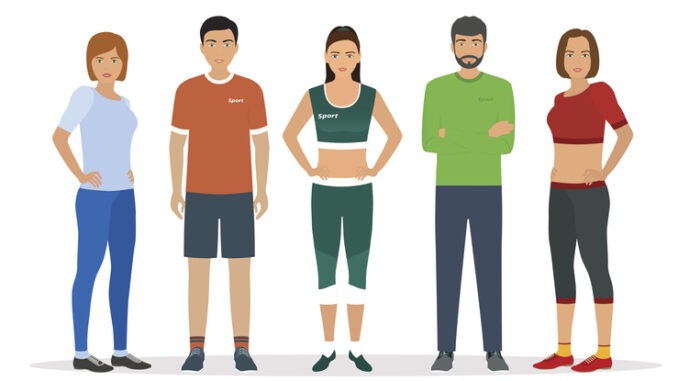
As group exercise shows big results in the UK, how can you integrate it into your practice?
CREDIT: This is an edited version of an article that originally appeared on The Royal College of General Practitioners
If there were thousands of workers at your disposal to educate communities on the benefits of physical activity, would you want to work with them? Could they help make your healthcare job a lot easier and relieve tight NHS budgets? You may be surprised to learn that this workforce already exists. There are thousands of group exercise instructors across the country already contributing to a healthier nation, and they want to connect with you.
What is group exercise?
Group exercise is an instructor-led exercise session for two or more people, often involving music and equipment. You’ll probably know many of the styles on offer already, such as Zumba, Pilates, and indoor group cycling.
Why is group exercise special?
Group exercise is producing big results:
- Over 5.4m adults take part in group exercise classes in England every month.
- Over 80% of participants are female.
- It has the highest social value of any physical activity – £431 per person per year.
It offers something for everyone, with over 300 recognised styles. From absolute beginners attending ‘This Girl Can’ classes, to older adults taking part in ‘Move it or Lose it’ sessions, the accessibility of group exercise reaches across a vast range of demographics.
The benefits of group exercise cannot be underestimated. A 2017 study by the American Osteopathic Association reported, ‘Group exercise improves quality of life and reduces stress far more than individual work outs’ – participants experienced a 26.2% decrease in perceived levels of stress.
What does the workforce offer?
In short, huge amounts of talent, expertise and passion for getting people active are offered by the group exercise wotkforce and, better still, they want to work with local GP surgeries, NHS trusts and the wider health sector, to assist primary care in taking preventative action.
A recent research piece from EMD UK, the national governing body for group exercise, found that the 56% of instructors are interested in working in social prescribing and 65% of instructors are interested in working with GP referral schemes.
Many instructors have the appropriate qualifications and are already delivering falls prevention, cardiac rehab and stroke rehabilitation programmes. In regular classes. Instructors are also encouraging older adults, people with long-term health conditions, and those with diabetes into exercise.
So why aren’t these instructors an integral part of primary care?
The challenges facing the workforce
Feedback from group exercise instructors varies, but common themes include:
- Hard to reach the right person at the surgery.
- System access can be confusing.
- Health systems are not sure of what instructors offer.
With social prescribing pathways also varying by region, it can feel like health and physical activity organisations are speaking different languages. In reality, both systems are on the same page – helping to make communities healthier – but the thousands-strong workforce of instructors is being underutilised.
How can group exercise and health systems connect?
There are a variety of ways that health systems can find instructors and understand what the can offer:
- Reach out to local leisure centres and gyms.
- Use search engines to find local instructors.
- Contact EMD UK to connect you with instructors.
- Connect with instructors using social media via business pages and community groups.
- Go to local classes, take part and speak to the instructor.
- Find local activities near you using the Active Partnerships activity finder tools.
Your secret weapons are ready to go! They just need to hear from you.


Be the first to comment